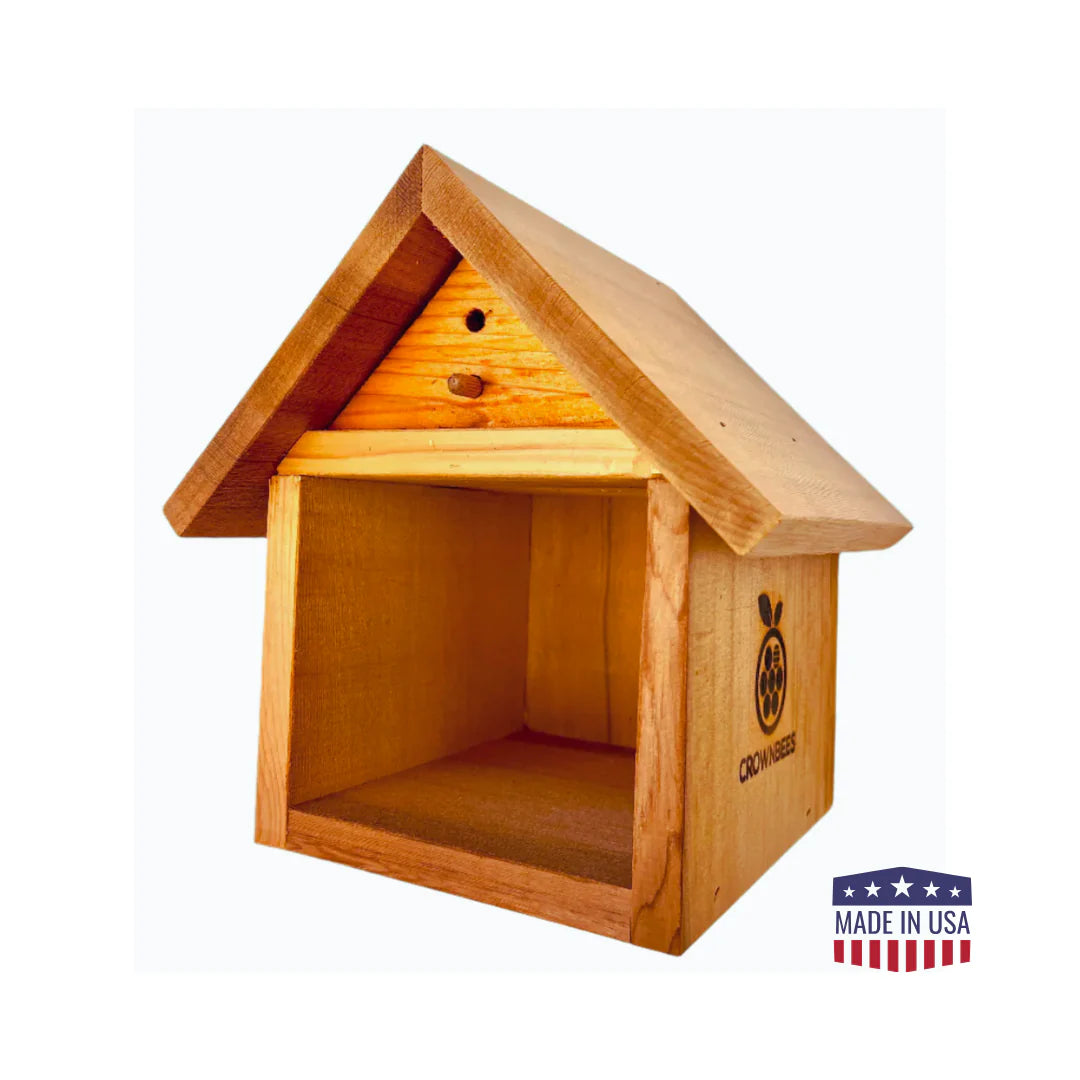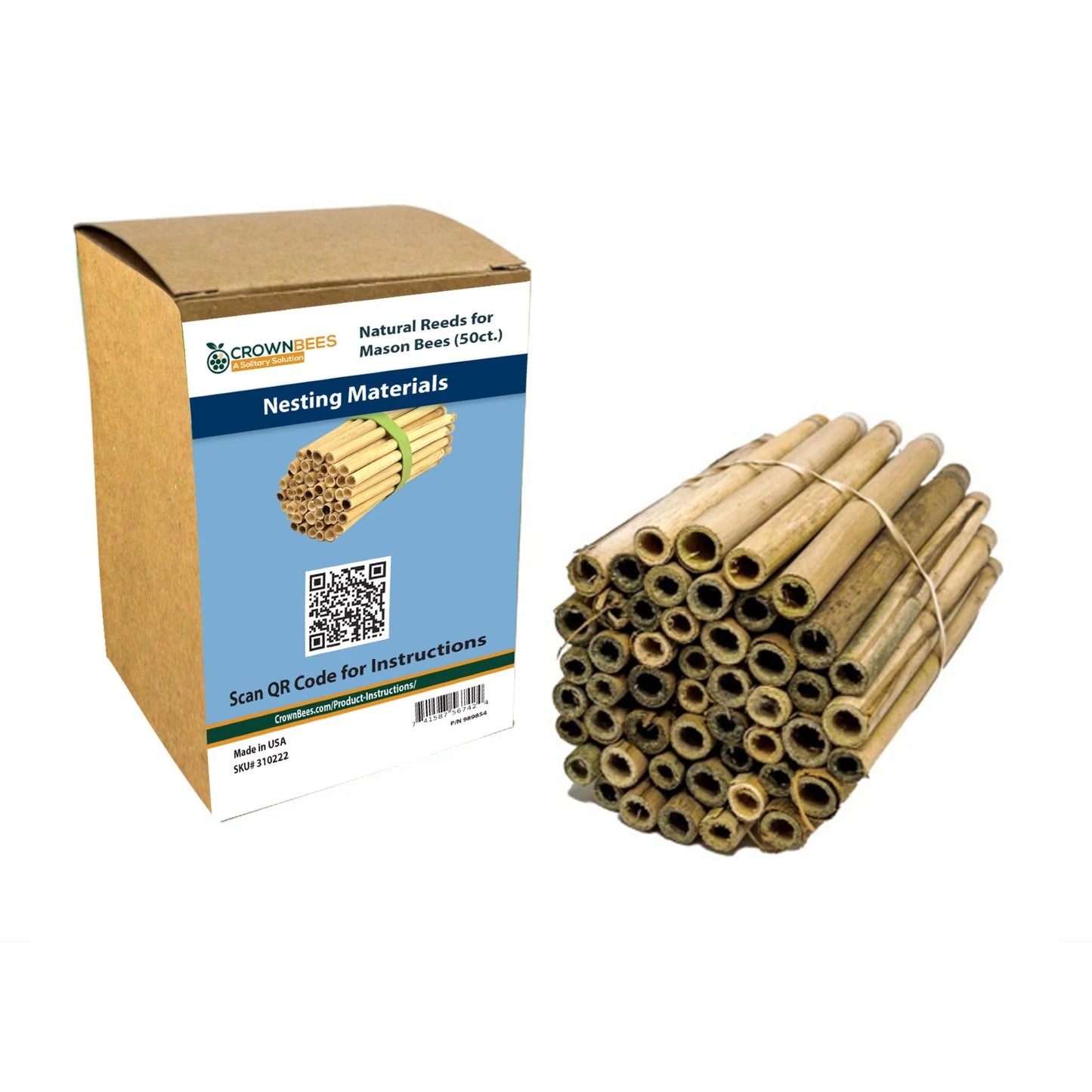Boyle, N. K., Machtley, S. A., Hagler, J. R., & Pitts-Singer, T. L. (2018). Evaluating the persistence of fluorescent and protein powders on adult blue orchard bees, Osmia lignaria (Hymenoptera: Megachilidae), for mark-capture studies. Apidologie, 49(3), 378–385. https://doi.org/10.1007/s13592- 018-0564-4
Bosch, J., & Kemp, W. P. (2002). How to manage the blue orchard bee. Sustainable Agricultural Network. Bosch, J., Sgolastra, F., & Kemp, W. P. (n.d.). Chp. 6 Life Cycle Ecophysiology of Osmia Mason Bees Used as Crop Pollinators. In Managing Solitary Bees (pp. 83–104). https://doi.org/10.2307/25085723
Guédot, C., Pitts-Singer, T. L., Buckner, J. S., Bosch, J., & Kemp, W. P. (2006). Olfactory cues and nest recognition in the solitary bee Osmia lignaria. Physiological Entomology, 31(2), 110–119. https://doi.org/10.1111/j.1365-3032.2005.00490.x
Ladurner, E., Bosch, J., Kemp, W. P., & Maini, S. (2008). Foraging and nesting behavior of Osmia lignaria (Hymenoptera: Megachilidae) in the presence of fungicides: Cage studies. Journal of Economic Entomology, 101(3), 647–653. https://doi.org/10.1603/0022-0493(2008)101[647:FANBOO]2.0.CO;2








